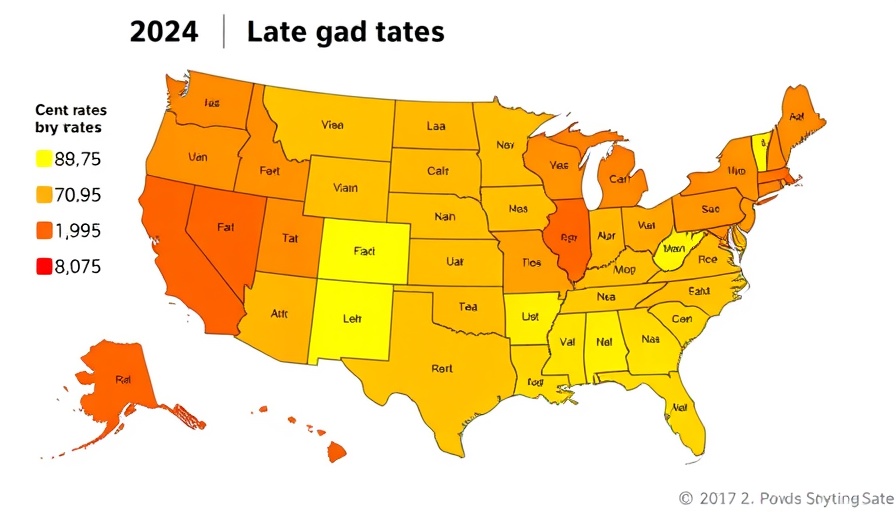
Why Google Maps is Essential for Small Businesses
In an increasingly digital age, having a physical presence isn’t enough for small businesses. Local businesses must leverage tools that enhance their visibility and engagement with customers. Google Maps has emerged as a powerful asset in this regard. This tool not only facilitates better navigation but also encompasses vital features that enhance a customer’s discovery journey, thus playing an indispensable role in the success of local enterprises.
Enhanced Navigation for Everyday Life
Imagine driving to a new neighborhood and getting lost. Google Maps enhances daily navigation by providing precise directions, real-time traffic updates, and even public transport options. For small businesses, this means potential customers can find them effortlessly. Studies show that when businesses are listed on Google Maps, their foot traffic can increase significantly. Users tend to choose establishments that appear on the first few search results, further emphasizing the need for optimization on platforms like Google Maps.
Unlocking Local Business Discovery
With over 1 billion monthly users, Google Maps is a pivotal platform for local discovery. Customers are increasingly relying on maps not just for directions, but for evaluating businesses through reviews and photos. A business’s profile can highlight its unique offerings, address, and operating hours, leading to effective customer engagement. By ensuring that your business is well represented on Google Maps, you tap into an audience actively seeking your services, turning casual searches into loyal customers.
Impact on Travel and Tourism
For small businesses in tourism-heavy areas, Google Maps can be a game changer. It simplifies the customer experience by showcasing nearby attractions and dining options. Many travelers now use Google Maps to plan their itineraries, making it essential for local businesses to appear on these maps. Ensuring your business is listed can attract both locals and tourists, driving sales and increasing brand awareness.
Emergency Response and Safety Features
Google Maps also plays a critical role in safety, particularly in times of emergencies. Its real-time updates help users avoid hazardous situations, making it a reliable tool. It also allows businesses to provide timely updates to their customers during crisis situations, fostering trust and building a loyal customer base. By staying visible during emergencies, businesses can not only safeguard their existence but also prove invaluable to their community.
Better Marketing and Visibility
Every small business aims to improve its marketing. Google Maps offers a cost-effective method to increase visibility without the need for extravagant advertising. By listing your business on Google Maps, you enhance your chances of appearing in local searches, which can lead to an increase in sales. This platform’s features, such as allowing customers to leave reviews, can also enrich your marketing strategy by building credibility and fostering positive engagement.
Engaging Customers Through Google Maps
Ultimately, Google Maps is not just an app for navigation; it’s a powerful tool for customer engagement and relationship building. Integrating it into your business operations can streamline access to your contact information, services, and customer reviews. By facilitating easier access for potential customers, it enhances trust and loyalty, integral components of a successful small business.
In summary, Google Maps has proven its worth not only as a navigation tool but as a vital resource for local businesses. From enhancing visibility and customer engagement to fostering safety during emergencies, its advantages are many. Small businesses that effectively utilize Google Maps will undoubtedly find themselves at a competitive advantage in today’s digital-first world.
 Add Row
Add Row  Add
Add 

 Add Row
Add Row  Add
Add 



Write A Comment